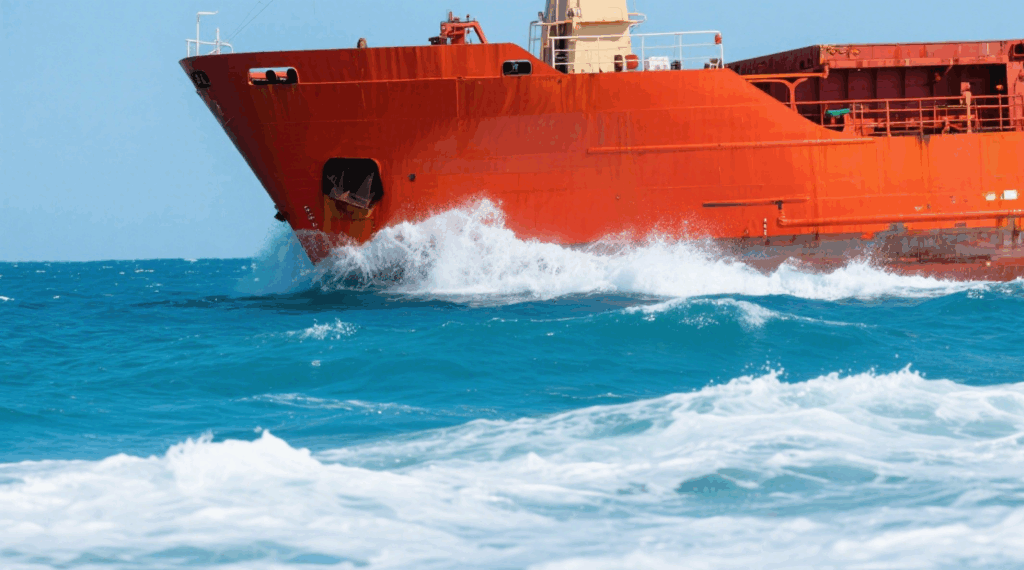- By Della tj
- October 17, 2025
- Rail Freight, Shipping
Businesses looking to balance cost and efficiency are turning to the best rail freight from China to Belgium. This mode connects major Chinese cities with key Belgian hubs, offering a dependable, time-saving, and eco-friendly alternative to sea and air transport.
Why Choose Rail Freight from China to Belgium?
Rail freight stands out for its balance of speed and cost. While air freight is faster, it’s far more expensive; and although sea freight is cheaper, it takes longer. Rail freight offers the ideal middle ground—transporting goods in 15–18 days on average. Moreover, it’s reliable, sustainable, and less affected by seasonal congestion.
Key Benefits:
- Cost-effective compared to air freight
- Faster transit than sea freight
- Consistent schedules with reduced delays
- Environmentally friendly with lower CO₂ emissions
Main Rail Routes Connecting China and Belgium
The rail routes between China and Belgium form part of the China–Europe Railway Express, facilitating trade through seamless logistics networks.
| Route | Main Cities | Transit Time | Train Frequency |
|---|---|---|---|
| Chengdu – Antwerp | Chengdu → Xi’an → Warsaw → Antwerp | 16–18 days | 4 per week |
| Chongqing – Liège | Chongqing → Moscow → Duisburg → Liège | 15–17 days | 3 per week |
| Zhengzhou – Ghent | Zhengzhou → Brest → Hamburg → Ghent | 17–19 days | 2 per week |
These routes connect major Chinese manufacturing hubs to Belgium’s industrial centers, integrating into broader European supply chains.
What Types of Goods Are Ideal for Rail Transport?
Rail freight is versatile and ideal for both bulk and high-value goods. It accommodates electronics, auto parts, furniture, textiles, and machinery. Additionally, perishable goods and e-commerce items benefit from temperature-controlled containers.
Popular Cargo Types:
- Consumer electronics and appliances
- Automotive parts and machinery
- Apparel and textile products
- Industrial materials and spare parts
Real Case Studies: China–Belgium Rail Freight Success
Case 1: Electronics from Chengdu to Antwerp
- Cargo Type: Consumer electronics (200 pallets)
- Weight: 120 tons
- Transport Time: 16 days
- Cost: $9,600 (approx. $48 per ton)
- Mode: Full Container Load (FCL)
- Result: Reduced lead time by 40% compared to sea freight
Case 2: Auto Parts from Chongqing to Liège
- Cargo Type: Automotive components
- Weight: 80 tons
- Transport Time: 15 days
- Cost: $7,500 (approx. $93 per CBM)
- Mode: LCL consolidation
- Result: Improved supply chain efficiency by 30%
Cost Comparison: Rail vs. Sea vs. Air Freight
| Transport Mode | Average Cost per kg | Transit Time | Ideal For | Pros | Cons |
|---|---|---|---|---|---|
| Rail Freight | $0.7–$1.2 | 15–18 days | Medium-value goods | Balanced speed and cost | Limited routes |
| Sea Freight | $0.3–$0.6 | 30–40 days | Bulk cargo | Cheapest option | Long delivery |
| Air Freight | $4–$6 | 5–7 days | Urgent shipments | Fastest method | Most expensive |
As shown, rail freight offers optimal performance for businesses seeking both economy and speed.
Customs Documentation for Rail Freight
To ensure smooth customs clearance, proper documentation is essential. Missing paperwork can delay transit and increase costs.
| Document Type | Description | Responsible Party |
|---|---|---|
| Commercial Invoice | Lists goods and values | Exporter |
| Packing List | Details packaging and weight | Exporter |
| Bill of Lading (Railway) | Transport contract proof | Freight forwarder |
| Certificate of Origin | Verifies manufacturing source | Exporter |
| Customs Declaration | Required by Chinese and Belgian customs | Importer/Agent |
In addition, ensure your freight forwarder assists with EU import duties and VAT documentation.
Factors Influencing Rail Freight Costs
Several elements determine overall freight charges. Understanding these factors helps companies plan budgets effectively.
Cost Influencers:
- Cargo type and volume
- Chosen rail route and distance
- Customs duties and clearance fees
- Seasonal demand fluctuations
- Container type (FCL vs. LCL)
Furthermore, companies that consolidate multiple shipments through a freight forwarding partner can save up to 15% on logistics costs.
Future Trends in China–Belgium Rail Logistics
The Belt and Road Initiative continues to strengthen rail connections, increasing train frequencies and infrastructure investment. Belgium’s Antwerp and Liège terminals are becoming major logistics gateways to the EU. Consequently, this network will support faster, greener, and more predictable trade between Asia and Europe.
Emerging Developments:
- Integration with digital tracking platforms
- Growth of cold chain and e-commerce cargo
- AI-driven logistics route optimization
Add Your Heading Text Here
Lorem ipsum dolor sit amet, consectetur adipiscing elit. Ut elit tellus, luctus nec ullamcorper mattis, pulvinar dapibus leo.
- Consult TJ China Freight Forwarding for the lowest quote. They will provide you with reliable, cost-effective service.
FAQs
Q1.How long does rail freight from China to Belgium take?
It usually takes 15–18 days, depending on the departure city, customs clearance, and final delivery location.
Q2.What is the average cost of rail freight to Belgium?
The average cost ranges from $0.7–$1.2 per kilogram, varying with shipment size and route selection.
Q3.Can I ship small quantities via rail freight?
Yes, Less than Container Load (LCL) services allow smaller shipments to share containers efficiently.
Q4.What are the main rail terminals in Belgium?
Key destinations include Antwerp, Liège, and Ghent, all offering excellent intermodal logistics facilities.
Q5.Do rail freight services handle customs clearance?
Most freight forwarders provide end-to-end service, including customs documentation and clearance support.




